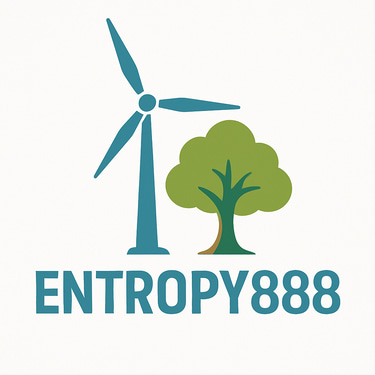How Many ASICs Fit in a 20ft vs. 40ft Container?
For Bitcoin miners, scalability is everything. The question isn’t just how powerful your machines are — it’s also about how many you can fit into a given space. That’s why containerized mining has become so popular: it offers mobility, efficiency, and rapid deployment. But when it comes to sizing, one question comes up again and again: how many ASIC miners can fit inside a 20ft container compared to a 40ft container?
MINING TECHNOLOGY & EFFICIENCY
Chris Boubalos
9/15/2025
Standard Container Dimensions
20ft container: ~6.1m long x 2.4m wide x 2.6m high
40ft container: ~12.2m long x 2.4m wide x 2.6m high
Both sizes can be converted into mobile mining farms with racks, power distribution, and cooling systems. The difference lies in capacity, cost efficiency, and deployment flexibility.
20ft Container Capacity
A 20ft mining container typically accommodates:
Air-cooled ASICs: ~150–200 units (e.g., Antminer S19/S21 class)
Hydro-cooled ASICs: ~100–120 units (due to water piping & space requirements)
Immersion setups: ~80–100 units, depending on tank design
✅ Advantages
Lower upfront cost
Easier to transport and deploy
Suitable for pilot projects or smaller sites
❌ Disadvantages
Limited scalability
Higher cost per unit of hashrate compared to 40ft
40ft Container Capacity
A 40ft mining container typically accommodates:
Air-cooled ASICs: ~300–400 units
Hydro-cooled ASICs: ~220–250 units
Immersion setups: ~180–200 units
✅ Advantages
Higher density and efficiency
Better ROI per unit of infrastructure
Ideal for large-scale operations near cheap renewable energy
❌ Disadvantages
More expensive to buy, transport, and install
Requires stronger power supply and cooling systems
Less flexible for relocation compared to 20ft units
ROI Considerations
Choosing between 20ft and 40ft containers depends on:
Energy availability – Do you have 1 MW or 2+ MW available?
Investment scale – Are you testing the waters or going big?
Cooling system – Air-cooled vs. hydro vs. immersion affects density.
Example:
A 40ft container with 350 S19 Pro miners (~110 TH/s each) = ~38,500 TH/s.
A 20ft container with 180 units = ~19,800 TH/s.
At equal energy cost, the 40ft delivers nearly double hashrate in a single deployment, with lower cost per TH.
Which One Should You Choose?
20ft Container → Best for small to medium projects, pilot deployments, or sites with limited power.
40ft Container → Best for large-scale operations, long-term projects, and maximum ROI near cheap renewable energy.
Conclusion
Containerized mining offers flexibility and scalability, but sizing matters. A 20ft container is cost-effective for smaller projects and mobility, while a 40ft container delivers superior efficiency at scale.
At Entropy888, we design containerized solutions powered by renewable energy — customized to your project’s size, cooling method, and ROI goals.
Contact
© 2025. All rights reserved.
Christos Boubalos - Business Development Lead +306972 885885 mob/whatsapp
christos@entropy888.com
-------------------------------------------
General Enquiries - info@entropy888.com
